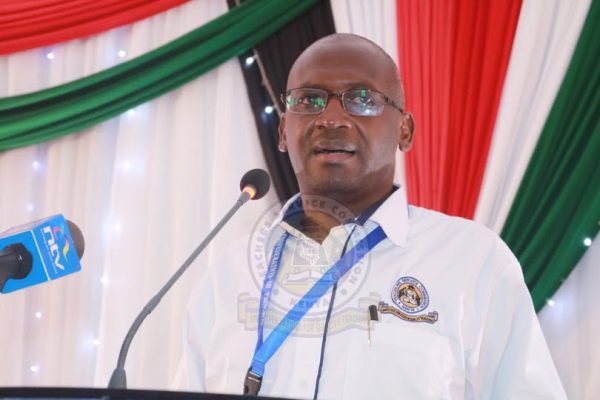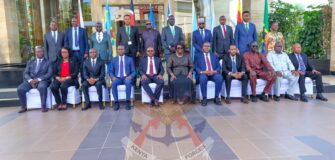TSC Flags Irregularities in Teacher Upgrade Programme Data
TSC Flags Irregularities in Teacher Upgrade Programme Data
Share
The Teachers Service Commission (TSC) has flagged significant anomalies in the ongoing data collection exercise for the proposed teacher upgrade programme, raising concerns over accuracy and completeness of information submitted from across counties.
According to a memo from the Director of Teacher Professional Management, Dr. Mugwuku Nthamburi, data for about 2,000 teachers whose details had been submitted did not appear in TSC records, signaling errors in transferring information into the Commission’s system.
Some teachers’ qualifications were also found to differ from what is recorded in TSC’s database, while others complained that their details were never collected during the initial exercise.
The Commission has directed regional offices to countercheck registration numbers and names, ensure that all qualified primary school teachers (Grade 1–6) are captured, and collect additional details including KCSE index numbers and year of sitting.
The revised data is to be submitted by September 24, 2025.
Data Breakdown
So far, 38,849 teachers have responded to the call, with the majority falling between the ages of 24 and 50 years (38,130 teachers).
A further 717 are aged between 51 and 60, while only two teachers are above 60 years, a group likely serving under special provisions such as disability or contractual arrangements in Northeastern Kenya.
At county level, Kakamega leads with 4,169 applicants, followed by Bungoma (2,208) and Nakuru (1,672). Makueni County recorded the lowest turnout with only 44 respondents.
On qualification, the Commission is specifically targeting P1 teachers with either a KCSE mean grade of C or C+ and at least two subjects at C+ but who have not pursued diploma or degree studies.
The programme, supported by the World Bank, aims to upgrade these teachers to meet Junior School staffing requirements.
Staffing Shortages
The data further reveals that junior schools face a major staffing gap. Out of an estimated 156,230 teachers required, only 81,690 are in post, leaving a shortage of 74,540 teachers nationwide.
Counties with the highest shortages include Bungoma (3,910), Homa Bay (3,689), and Kakamega (3,828).
Smaller counties such as Isiolo, Lamu, and Samburu also reported shortages, albeit on a lower scale.
Next Steps
The TSC has emphasized that certificates must be verified at the point of reporting for upgrading, especially since subject qualifications may influence deployment to learning areas where teacher shortages are most acute.
“The Commission is committed to ensuring that the Junior School level operates at optimum staffing levels,” Dr. Nthamburi stated, urging immediate compliance with the revised data collection requirements.
The updated figures are expected to guide decision-making on how many P1 teachers will be absorbed into diploma or degree programmes under the proposed upgrade scheme.

Director, Teacher Professional Management, Dr. Mugwuku Nthamburi. PHOTO/ TSC Website.







